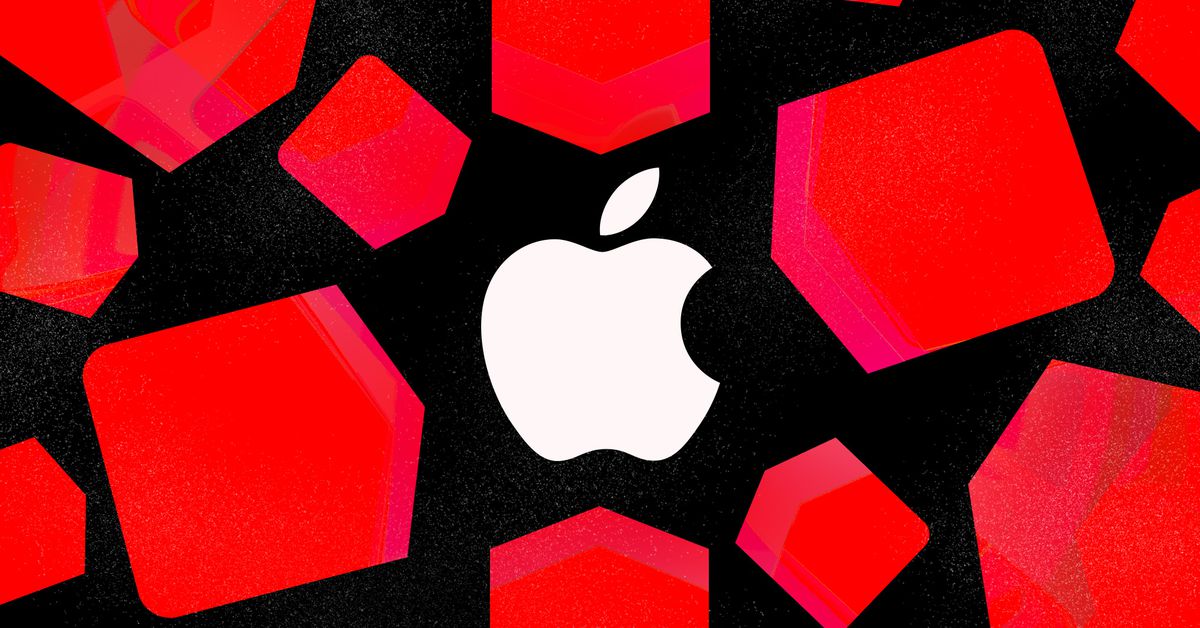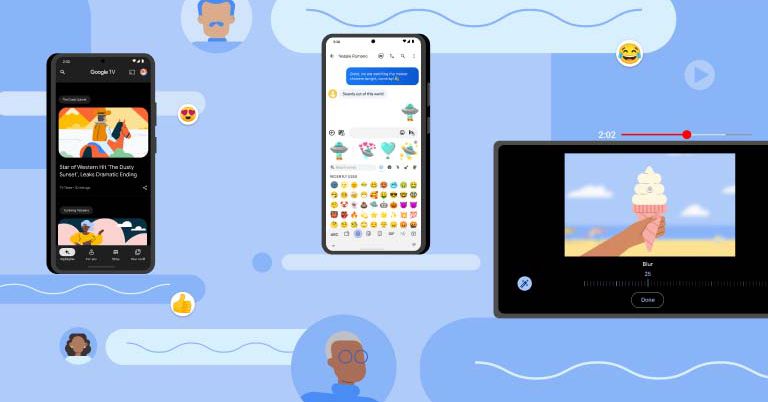Apple says it has pay equity, but an informal employee survey suggests otherwise
Illustration by Alex Castro / The VergeAn early analysis of the informal Apple pay equity survey shows a six percent wage gap between the salaries of men and women, according to software engineer Cher Scarlett. It’s similar to the...

An early analysis of the informal Apple pay equity survey shows a six percent wage gap between the salaries of men and women, according to software engineer Cher Scarlett. It’s similar to the gender wage gap in San Francisco, which hovers around five percent, but disappointing for a company that claims people of all genders “earn the same when engaging in similar work with comparable experience and performance.”
The results are not scientific — employees opted into the survey and only 2,000 people responded (out of the 147,000 employees Apple estimated in 2020) — but they point to why some employees are suspicious of the company’s claim that it fixed its pay equity problem.
“We know pay equity was a problem in the past and Apple did something to fix it, but we’re having this conversation again because we’re seeing gaps in certain areas of the company and we want to know what Apple will do to prevent it from happening year-over-year,” Scarlett says.
A small group of Apple employees, including Scarlett and members of the data analysis organization, will present the results to Apple’s people team this week.
Scarlett also says she found that there were far fewer women, non-binary, and non-white people in senior positions at the company — or in technical roles, which are typically among the highest paid.
Honestly, without seeing the data team analyze the salaries, the most disturbing thing I noticed about this data is the disparity between the gender demographics between white and non-white respondents. Out of nearly 2,000 people... it's alarming. pic.twitter.com/idvfVhQDD3
— Cher Scarlett (@cherthedev) August 14, 2021“These charts suggest that white men have much more opportunities to advance within the company, and are more likely to be working in technical roles than less represented demographics,” she wrote on Twitter.
Scarlett knows the survey isn’t conclusive. “We’re not trying to draw definitive conclusions, we’re trying to get some insight because we’ve had none,” she explains. “What we actually want is for Apple to do a third-party investigation into salary data, or an audit that we have insight into.”
The Verge was granted access to the survey data, which offers evidence of a salary gap among the respondents. We analyzed the survey data by isolating the approximately 1,400 technical roles, then grouping them by job level, gender, and race. We then found the median salaries for the job level as a whole, as well as the race and gender breakdowns within that job level. We went with the median value to smooth out any skewing that could come from outliers (which can easily crop up in user-provided data). The approach did not take into account things like college degrees or years of experience. We chose not to look at the non-technical respondents, as there were only around 520.
Scarlett pushed back on the idea that there weren’t enough non-technical responses to merit analysis, noting that it might be harder for those employees to find out about the survey in the first place. “It’s easy to fall into the idea that the sample size is small so it should be set aside,” she says. “But the fact is I don’t work in retail and the places where I post mostly go to people in the software organization. So retail and support responses come in organically.”
Among the survey respondents in the data given to The Verge, the median pay for men in mid-level technical roles was 6.25 percent higher than the median pay of women, while the median pay for white employees in mid-level technical roles was 5.06 percent higher than that of non-white employees. This sample was 944 white men out of 1,408 total respondents.
The median number of stock grants (restricted stock units) for non-white workers in entry-level and mid-level technical roles was roughly 11 percent lower than the median number of RSUs for white workers among survey respondents.
Higher levels of the engineering organization show a partial reversal in this trend. The median pay for women in principal engineering roles is 1.2 percent higher than the median pay of men among survey respondents — but Scarlett is wary of the results. “Men in those high roles are less likely to respond to the survey because they’re the highest paid in the company, outside of leadership,” she says. There were far fewer respondents in this category than for mid-level technical roles.
Scarlett started the survey after Apple shut down previous attempts for employees to gather pay data. “I don’t think anyone is going into this saying there for sure is a wage gap, whether that’s gender or race or disability,” she told The Verge in a previous interview. “But it is concerning to everyone that every single time someone tries to create more transparency, Apple shuts it down.” The company reportedly told employees that the previous surveys contained personally identifiable information.
One Apple employee who spoke to The Verge said an Apple director discouraged employees from taking the survey during an all-hands meeting last week. “A lot of us had the same thought that what he was saying was not great, it felt antiquated,” the source said.
In 2016, Tim Cook told shareholders that women at Apple made 99.6 cents on the dollar compared to men, and underrepresented minorities made 99.7 cents on the dollar compared to white employees.
The company later said it fixed the problem.
In response to a request for comment from The Verge, Apple spokesperson Rachel Tulley sent the company’s already public statement on pay equity: “Apple has a firm and long‑standing commitment to pay equity. Globally, employees of all genders earn the same when engaging in similar work with comparable experience and performance. In the United States, the same is true for employees of all races and ethnicities. We don’t ask for salary history during the recruiting process. Our recruiters base offers on Apple employees in similar roles. And every year, we examine the compensation employees receive and ensure that we maintain pay equity.”

 Aliver
Aliver 































